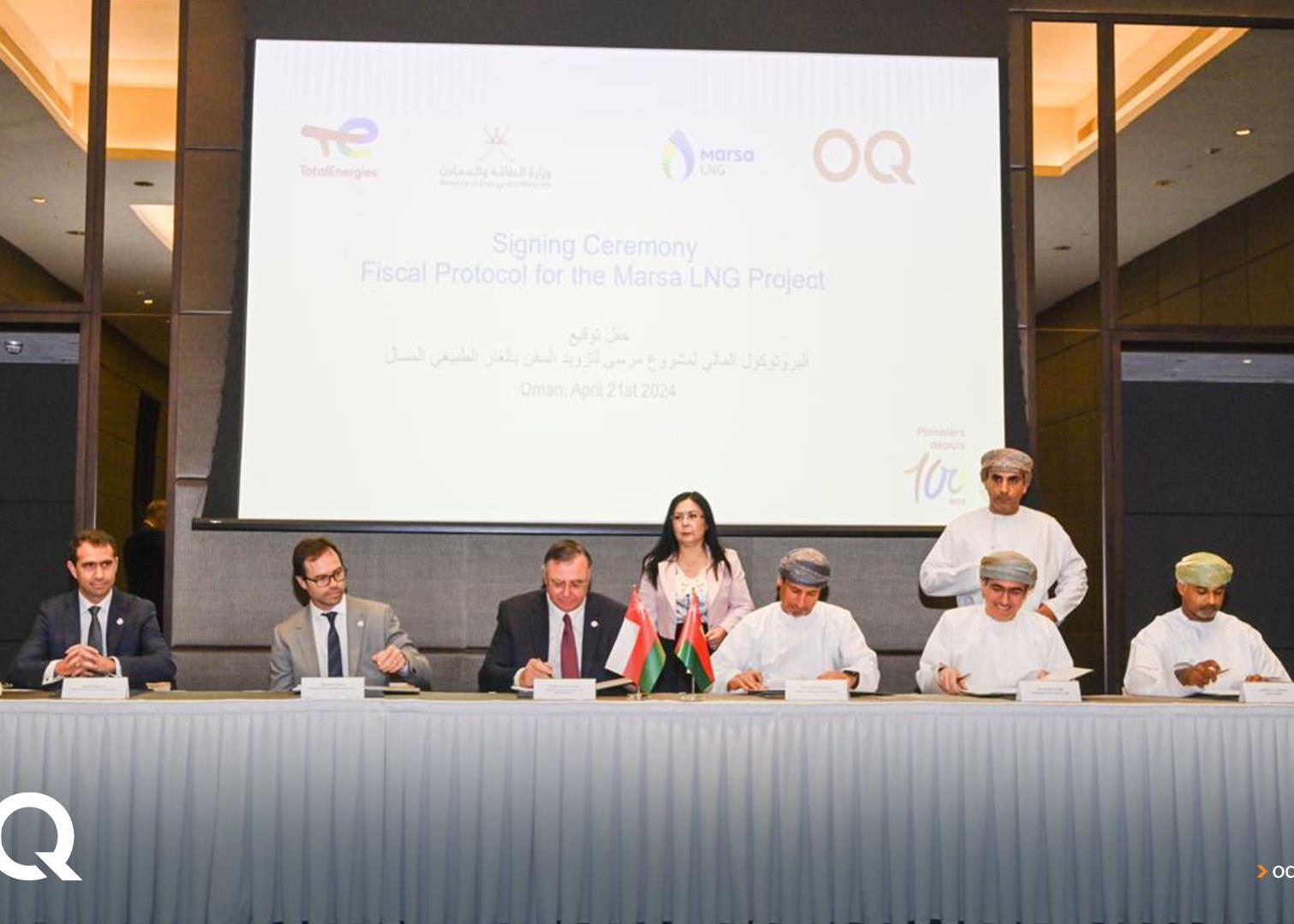
Dubai has told contractors that it will start tendering contracts for work at Al-Maktoum International airport next year, as it starts work on an ambitious expansion programme that will make it the biggest airport in the world by 2050 with the capacity to handle 255 million passengers a year.
The estimated cost of building the first phase is AED120bn ($33bn), making it the largest airport construction scheme ever undertaken in the world. Once complete, it will take the airports capacity to 130 million passengers a year and make it capable of accommodating 100 A380 aircraft at any one time. The entire development will cover an area of 56 square kilometres and it is due to be completed by the end of 2021.
The concept design for the new terminal has been completed by a team of Lebanons Dar al-Handasah and Frances ADPI.
Earlier this year, there had been suggestions that the first phase of the airport could open ahead of the 2020 World Expo, which will be held in the Jebel Ali on a site next to Al-Maktoum International airport. That prospect was ultimately rejected as there is not enough time to deliver such a large-scale project in less than six years.
Emirates relocation
The airport plans were recently endorsed by the emirates ruler, Sheikh Mohammed bin Rashid al-Maktoum. The development aims provide the necessary facilities to accommodate passenger and cargo growth, and will also allow Emirates to relocate its intercontinental hub operations to the new airport by the mid-2020s.
Dubai Airports Engineering Projects (DAEP) is the government agency delivering the project. It plans to start tendering work on the project in 2015, and, on 4 November, presented its plans to construction companies and vendors interested in participating in the building programme. The presentation adds to a general prequalification questionnaire for two categories of work at the airport that contractors were invited to complete earlier this year.
The first prequalification was for terminals, concourses, cargo terminals and support facility building contracts worth more than AED1bn. The second was for infrastructure contracts covering site grading, tunnelling, runways, stands and roads valued at more than AED1bn.
The new infrastructure and buildings will include a new terminal building, six nodes or concourses connected to the terminal by people movers, and three runways. The terminal will also be connected to the new metro link that Dubais Roads and Transport Authority (RTA) is planning.
Once the first phase is complete, a second phase will start that will increase the capacity further to 255 million with five runways, another terminal building and more concourses.
Financing construction
With such large sums of investment involved, Dubai is also considering funding options for the construction work. One option available is $2bn of export credit guarantees from the UK Export Finance for work on airport projects in the emirate. MEED reported in September that Dubai expects to accept the offer, a move that would put UK-based firms in a strong position for securing the first packages on the project.
The offer includes a stipulation that a certain percentage of goods or services being supplied by UK-based companies. For previous export credit deals offered by the UK in Dubai, this figure has been about 25 per cent, but for this deal the percentage is understood to be higher, given the specialist equipment and services required on airport projects, such as loading machines and scanners.
UK-based main contractors have already begun looking at how to use the funding offer to secure work. Those that work in Dubai include Carillion, Kier, Balfour Beatty, Laing ORourke and Interserve. Balfour Beatty and Laing ORourke have both worked at Dubai International airport.
For consultants, UK firms are already working with DAEP on upcoming airport work, including the new terminal building.
The existing passenger terminal at Al-Maktoum International airport officially opened on 27 October 2013, when it welcomed its first commercial flight. The airport has one Airbus A380-compatible runway and a capacity to handle 5 million passengers a year, expandable to 7 million passengers.
Al-Maktoum International airport is needed to further develop Dubais status as a global aviation hub as growth opportunities at Dubai International airport are becoming limited due to its location in the city. That airport is already one of the busiest in the world. In 2013, it handled 66.4 million passengers, making it the worlds second-busiest airport for international passenger traffic after Londons Heathrow airport.
You might also like...

Contractors win Oman Etihad Rail packages
23 April 2024

Saudi market returns to growth
23 April 2024

Middle East contract awards: March 2024
23 April 2024

Swiss developer appoints Helvetia residences contractor
23 April 2024
A MEED Subscription...
Subscribe or upgrade your current MEED.com package to support your strategic planning with the MENA region’s best source of business information. Proceed to our online shop below to find out more about the features in each package.






